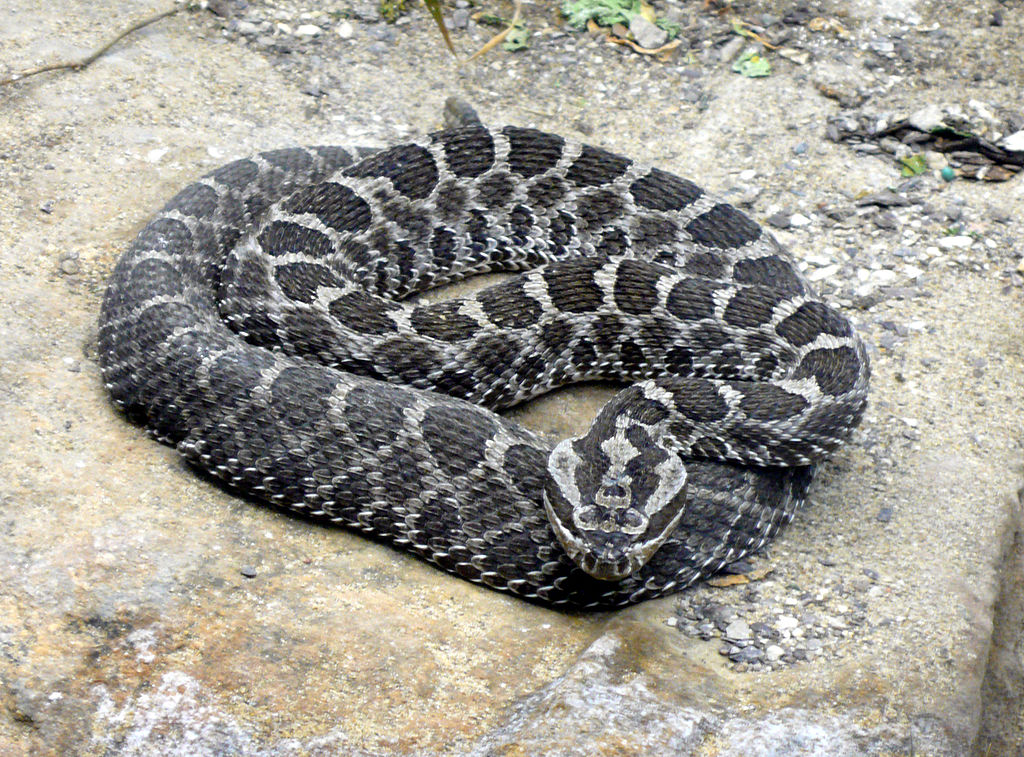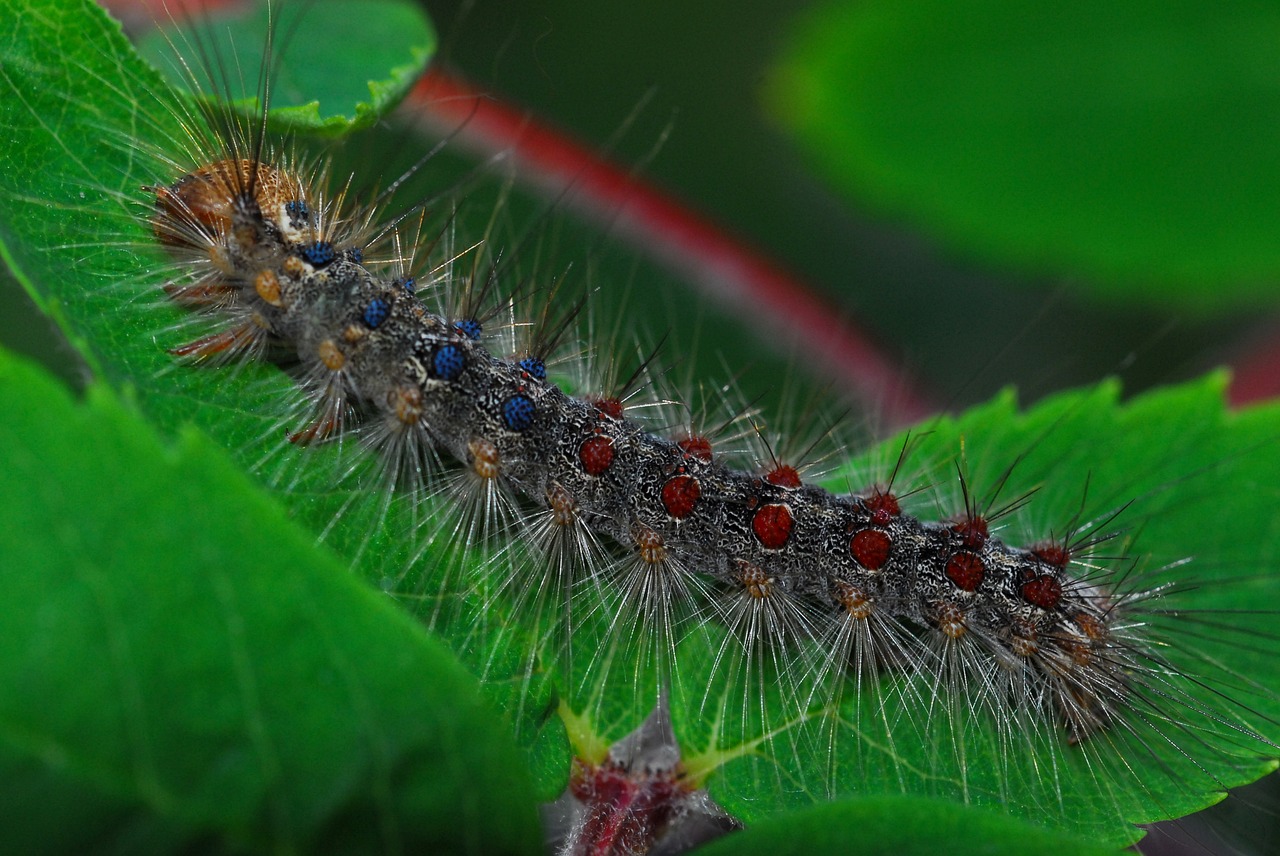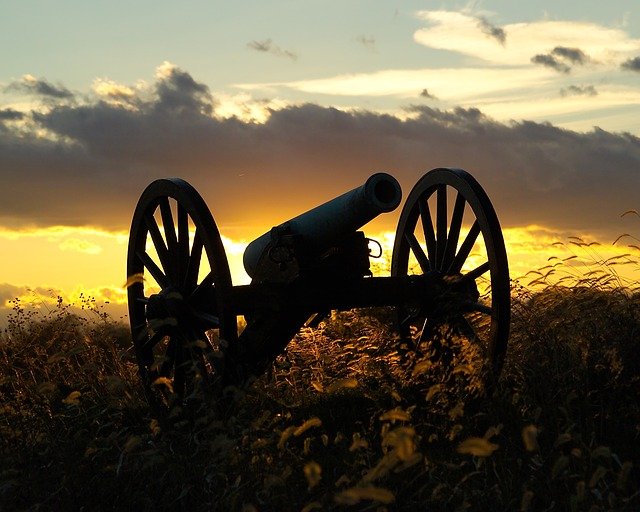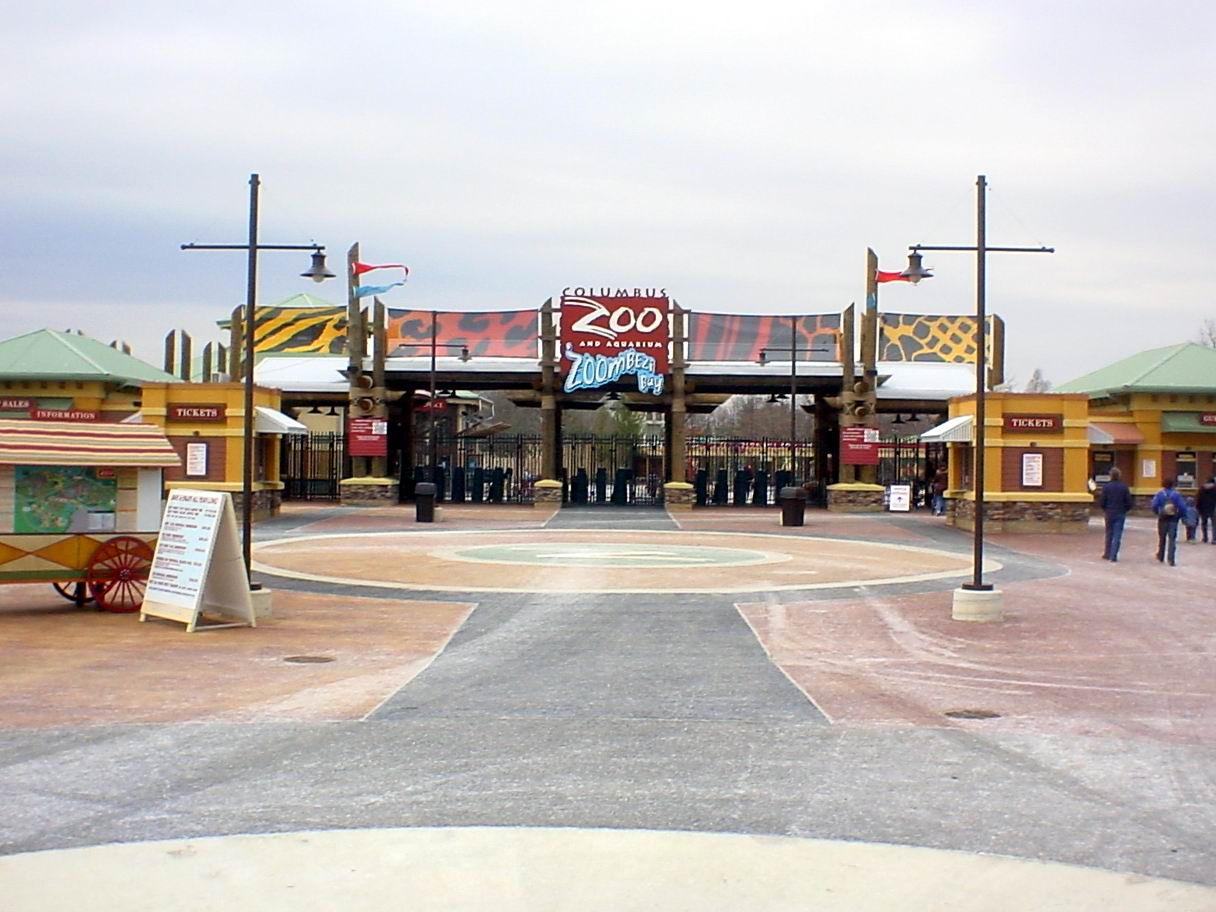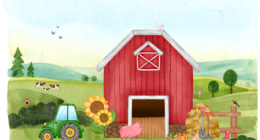Special to 1808Delaware
The Columbus Zoo and Aquarium is celebrating another incredible conservation milestone with the birth of seven eastern massasauga rattlesnakes (Sistrurus catenatus) on January. With this achievement, the Columbus Zoo now joins the ranks of only five facilities accredited by the Association of Zoos and Aquariums (AZA) to have successfully bred this subspecies of massasauga rattlesnake. The eastern massasauga rattlesnake is federally listed by the U.S. Fish and Wildlife Service as threatened under the Endangered Species Act, and listed as endangered by the State of Ohio.
The pairing of the snakelets’ parents was recommended by the Eastern Massasauga Rattlesnake Species Survival Plan® (SSP), a program coordinated by the AZA to maintain genetic diversity of threatened and endangered species in human care. The mother to the seven massasauga snakes arrived at the Columbus Zoo from the Toronto Zoo in Canada in 2016. The father arrived from Chicago’s Lincoln Park Zoo in 2018.
Female eastern massasauga rattlesnakes give birth to litters between 5 to 20, typically in the fall. Unlike other species of snakes that lay eggs, massasauga rattlesnakes give birth to live young.
Already, the snakelets are living apart from mom in a behind-the-scenes habitat after she guarded them for a couple of days. It is typical for these independent babies to go off on their own that quickly without additional parental care. By separating them at that normal stage, the Animal Care team is also able to keep a close eye on the babies. They have documented the first major milestones, which include the snakelets’ first meal and their first shed. Young massasaugas are born with a single rattle segment (or “button”) on their tails. Each time they shed their skin, a new segment is added to the rattle while older segments become weak and break off.
Adult eastern massasauga rattlesnakes can be identified by their triangular head and vertical pupils. They can grow up to 3 feet in length and tend to be gray or light brown with large, light-edged chocolate brown spots on their back and small spots on their side. Each massasauga rattlesnake has a unique pattern on its body that will stay the same throughout its life.
The eastern massasauga rattlesnake is also one of three venomous snakes found in Ohio (though not in Central Ohio). They are also native to Illinois, Indiana, Iowa, Michigan, New York, Pennsylvania, Wisconsin and Ontario, Canada. Their native habitat includes prairie wetlands, shrub swamps, marshes and moist grasslands. It is rare to spot the massasauga snake in its native habitat, as the snakes are secretive and prefer to stay out of plain sight; this causes them to be mistaken for other snakes such as the eastern fox snake, eastern milk snake and northern water snake. If a person does come across an eastern massasauga rattlesnake, it is best to simply leave it alone and not disturb it. Snake bites tend to occur when people try to get to close or try to kill them. While some people may fear snakes, they play a vital role in healthy ecosystems as they are prey for animals like hawks and foxes, and predators of small rodents, amphibians and other reptiles. Rattlesnake venom also has medicinal benefits for humans and is used to help treat complications such as arthritis, multiple sclerosis and polio.
The draining of wetlands for farms, roads, homes and urban expansion is negatively impacting the eastern massasauga rattlesnake’s native habitat. Since 2009, the Columbus Zoo has been directly involved in helping to protect this species by collaborating with other AZA-accredited facilities, universities and wildlife agencies in a field study analyzing eastern massasauga rattlesnakes at a site in Michigan to better understand the dynamics and health of this massasauga population. Through this study, more than 800 eastern massasauga rattlesnakes have been caught, examined and individually identified before being released back into their habitat. Over time, the data collected from this healthy population will be able to be compared to other data across the snakes’ full range and provide important information about population sizes, survival and reproduction—contributing additional insight for future conservation plans. The Columbus Zoo has sent staff to participate and offer their expertise in this important study, including Dr. Randy Junge, the Zoo’s Vice President of Animal Health who also serves as the Veterinary Advisor to the Eastern Massasauga SSP.
“From species across the world to animals we can find in our own state like the eastern massasauga rattlesnake, the Columbus Zoo is dedicated to protecting the future of wildlife. The eastern massasauga perfectly represents how we are working to advance knowledge about them through important breeding efforts and data collection from the field. Conservation is complex and it takes a great deal of patience, hard work and collaboration to be successful. We are proud to work with our partners to benefit eastern massasaugas and other species that rely on the massasaugas’ presence within their ecosystems,” said Columbus Zoo and Aquarium President/CEO Tom Stalf.
While the snakelets continue to be monitored by their care team behind the scenes, guests can view the babies’ father in the Zoo’s Reptile Building daily from 10 a.m. to 4 p.m. Admission during February is currently being offered at half price.
For additional updates about the Columbus Zoo’s animals, events and more, be sure to follow the Zoo’s social media accounts on Facebook, Instagram and Twitter, and visit us at ColumbusZoo.org.
